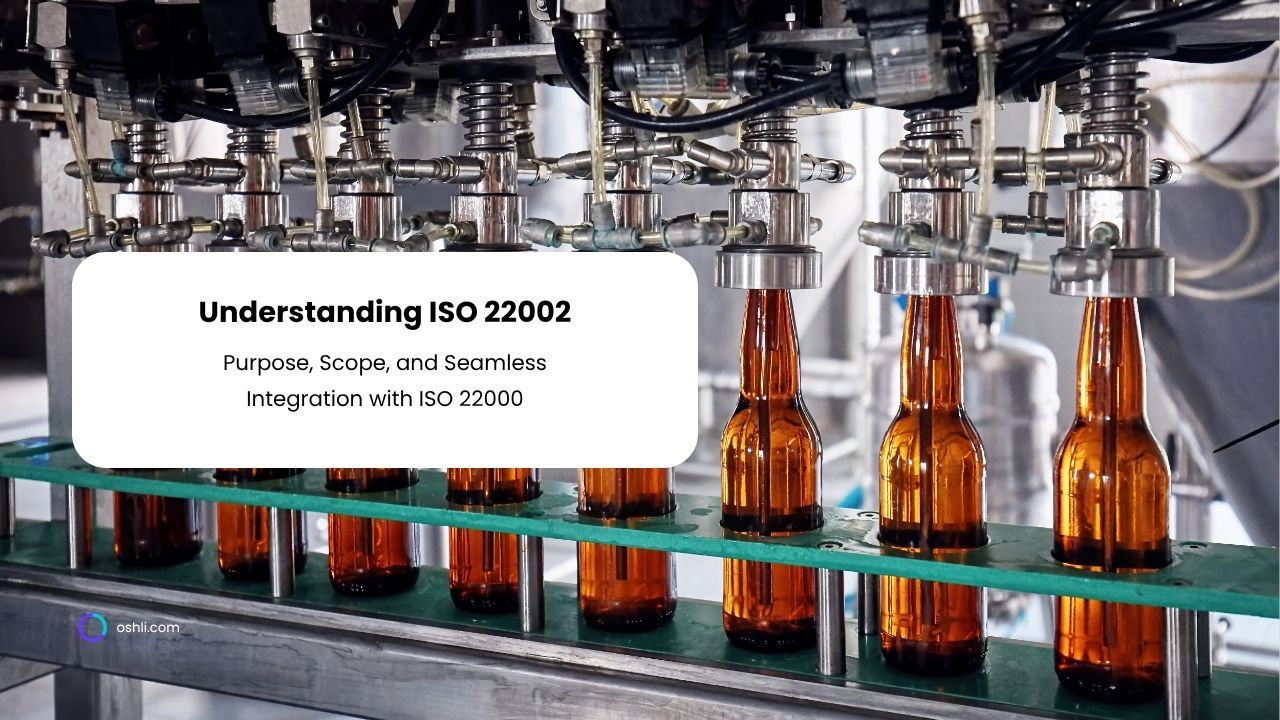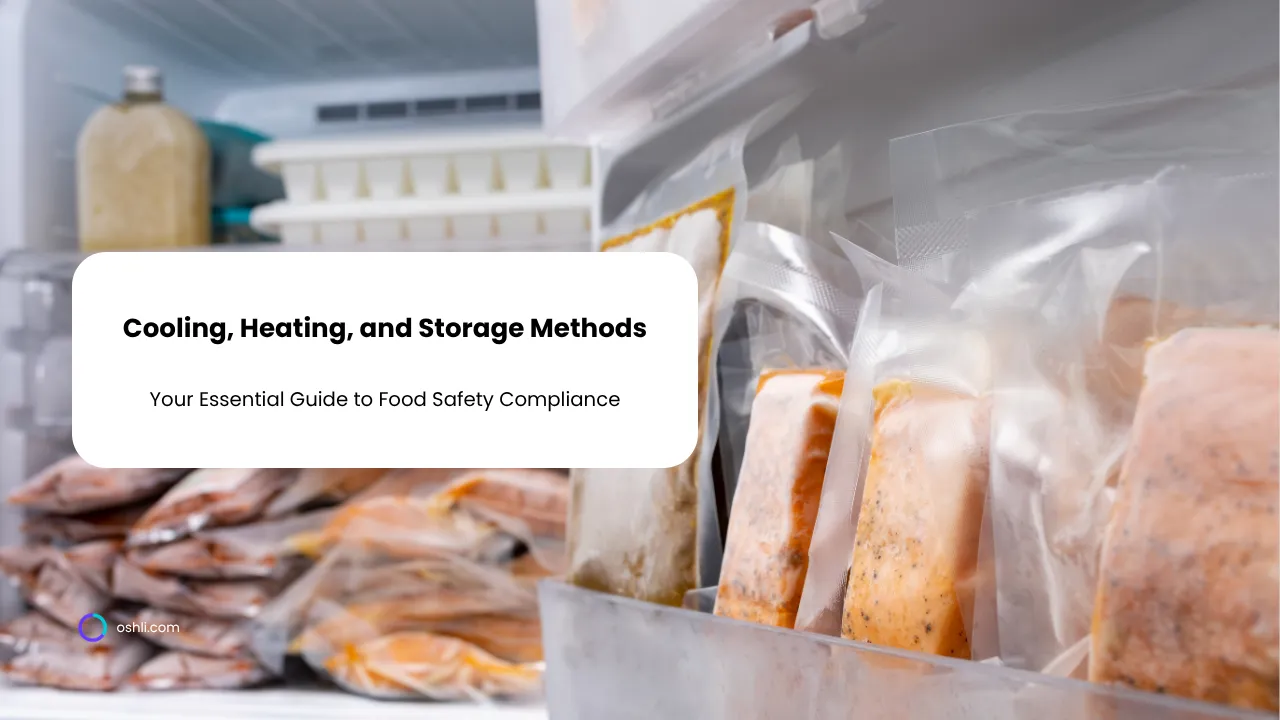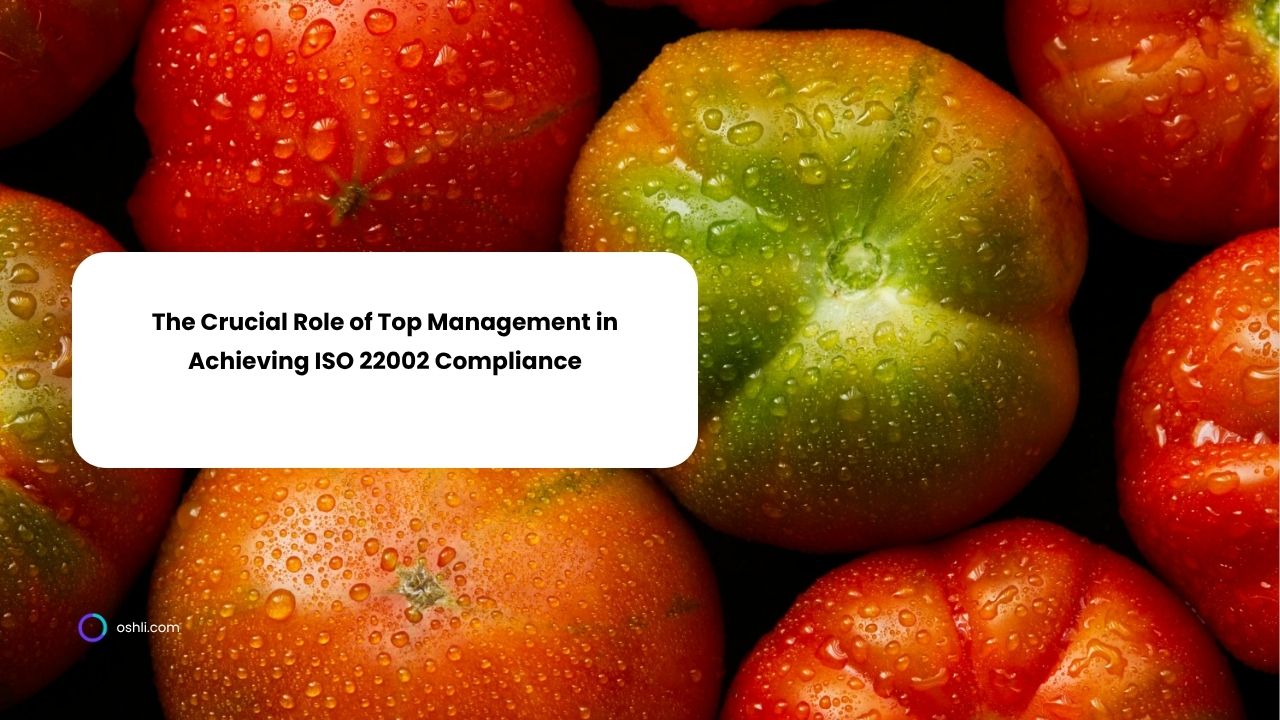
In the ever-evolving world of food safety, standards like ISO 22002 and ISO 22000 play pivotal roles in safeguarding consumers and streamlining operations. If you're navigating the complexities of food safety management systems (FSMS), understanding these standards is essential. Let's dive in with a friendly guide to demystify ISO 22002's purpose, scope, and its harmonious integration with ISO 22000.
The Purpose of ISO 22002: Building a Strong Foundation for Food Safety
At its core, ISO 22002 is a series of technical specifications focused on prerequisite programs (PRPs) for food safety. These PRPs are the foundational controls that prevent, eliminate, or reduce food safety hazards to acceptable levels before applying more targeted measures like HACCP principles. The primary purpose? To provide organizations in the food chain with practical, sector-specific guidance to establish robust hygiene and operational controls.
Imagine PRPs as the 'house rules' of your kitchen—good sanitation, pest control, and staff training—that ensure everything runs smoothly before you start cooking the main course (HACCP). By implementing ISO 22002, businesses can proactively mitigate risks, comply with regulations, and build consumer trust. It's particularly vital in 2025, with rising global demands for transparency and sustainability in food production.
Scope of ISO 22002: Tailored for Diverse Food Sectors
Unlike a one-size-fits-all approach, ISO 22002's scope is impressively broad yet targeted. The series includes multiple parts, each addressing specific segments of the food industry:
- ISO/TS 22002-1:2009: Food manufacturing—covering everything from raw material handling to packaging.
- ISO/TS 22002-2: Catering—focusing on food service environments like restaurants and hospitals.
- ISO/TS 22002-3: Food processing—tailored for primary production like farming and fishing.
- ISO/TS 22002-4: Packaging materials manufacturing.
- ISO/TS 22002-5: Transport and storage.
- ISO/TS 22002-6: Feed and animal food production.
- ISO/TS 22002-7: Retail and wholesale.
The latest update, ISO 22002-100:2025, introduces common PRPs applicable across all food chain categories, harmonizing efforts for better interoperability. This modular scope ensures that whether you're a small dairy processor or a large distributor, there's a blueprint for success. Key areas include layout design, equipment maintenance, personal hygiene, and waste management—all optimized for efficiency and compliance.
Seamless Integration with ISO 22000: A Unified FSMS Approach
Now, how does ISO 22002 fit into the bigger picture with ISO 22000? Think of ISO 22000 as the overarching FSMS standard that outlines requirements for planning, implementing, and improving food safety controls across the supply chain. It emphasizes a Plan-Do-Check-Act (PDCA) cycle, risk-based thinking, and communication with stakeholders.
ISO 22002 complements this by detailing the PRPs that Clause 8 of ISO 22000 mandates. In essence, ISO 22002 operationalizes the 'traceability and emergency preparedness' elements of ISO 22000, ensuring PRPs are not just theoretical but actionable. For instance, a food manufacturer certified to ISO 22000 must reference ISO 22002-1 to validate their PRPs during audits.
This integration creates a synergistic effect: ISO 22000 provides the strategic framework, while ISO 22002 delivers tactical tools. Together, they align with global benchmarks like GFSI, reducing duplication and enhancing hazard analysis. In practice, organizations often adopt both for a holistic FSMS, leading to fewer recalls, cost savings, and stronger market access.
Why It Matters: Benefits for Your Business
Adopting ISO 22002 alongside ISO 22000 isn't just about ticking boxes—it's about fostering a culture of excellence. Businesses report up to 30% improvements in operational efficiency and risk reduction. Plus, in an era of supply chain disruptions, these standards ensure resilience against contaminants, fraud, and climate impacts.
Ready to elevate your food safety game? Start by assessing your PRPs against ISO 22002 guidelines and mapping them to your ISO 22000 system. Consult certified experts for a smooth transition.
In summary, ISO 22002's purpose is to fortify food safety through targeted PRPs, its scope spans the entire food chain, and its integration with ISO 22000 creates a powerhouse FSMS. Stay safe, stay compliant, and keep innovating!
Join our newsletter!
Enter your email to receive our latest news.
Don't worry, we don't spam
Related Articles

Guide to Developing a Professional Checklist for ISO 45001 Diagnostic Audits
The ISO 45001 standard establishes a framework for Occupational Health and Safety Management Systems (OHSMS), aiming to enhance employee safety, reduce workplace risks, and create safer working conditions. A diagnostic audit aligned with ISO 45001 is a proactive approach that allows organizations to assess current compliance, identify weaknesses, and prioritize improvements. Central to this process is a professionally structured checklist that ensures consistency, accuracy, and depth in audit execution.

Cooling, Heating, and Storage Methods: Your Essential Guide
Discover how to create a cooling, heating, and storage methods template to ensure food safety, meet compliance, and optimize temperature control with free templates.

The Crucial Role of Top Management in Achieving ISO 22002 Compliance
Explore how top management's leadership drives ISO 22002 compliance, ensuring robust food safety management through commitment, policy, and oversight.


